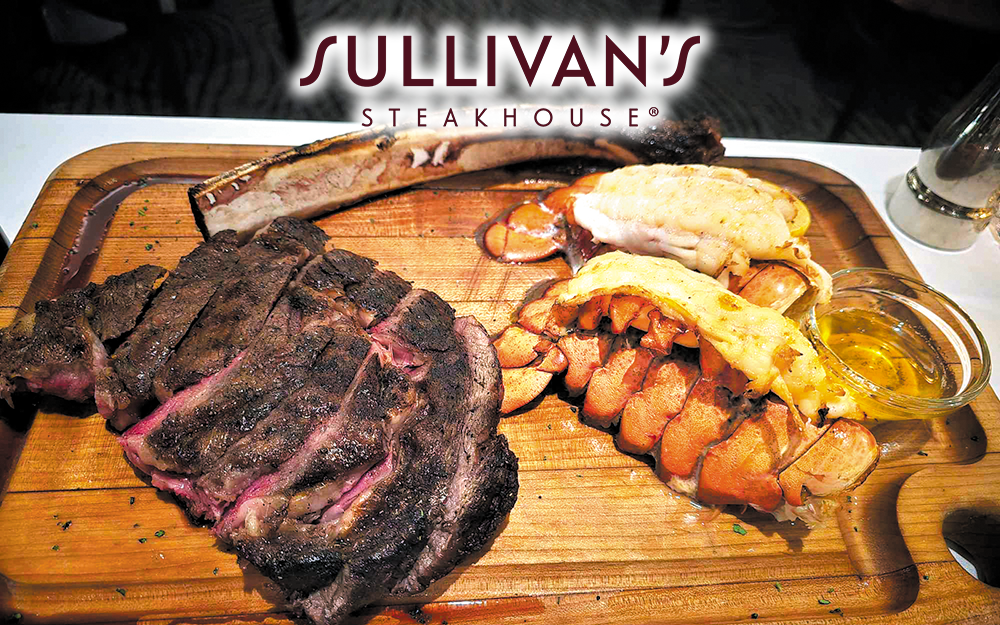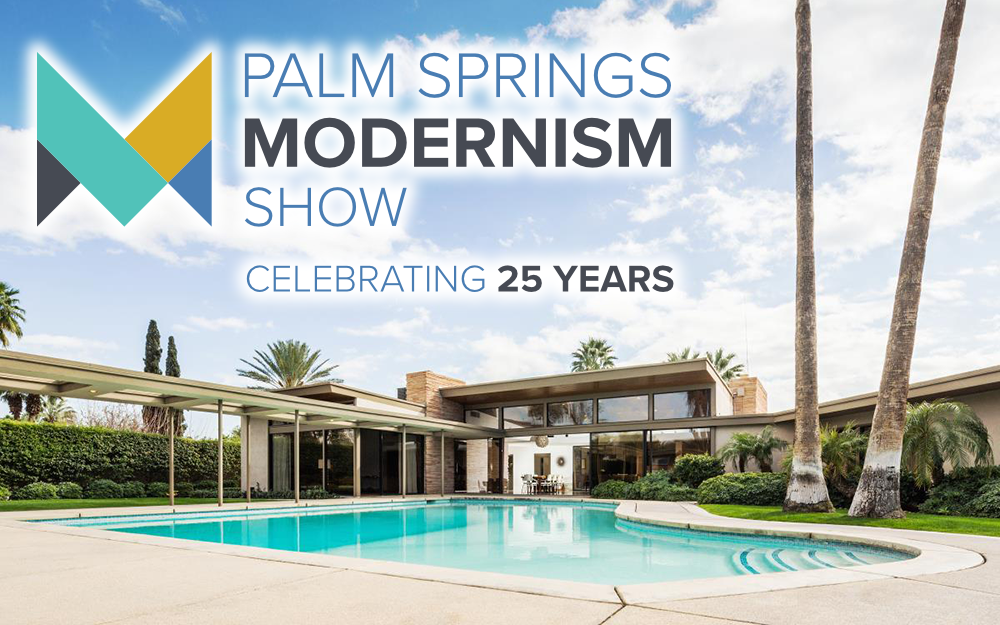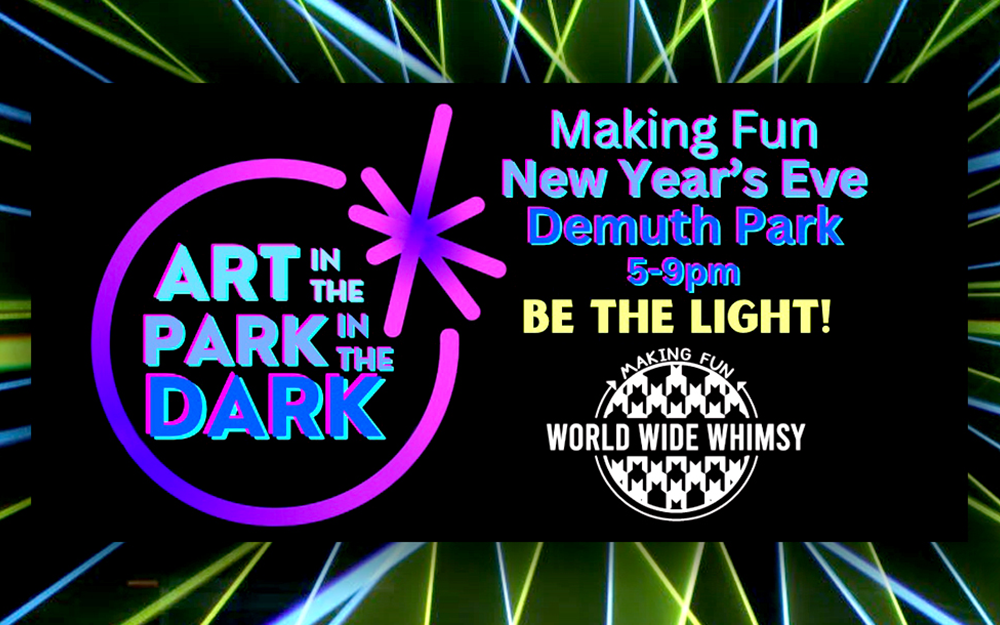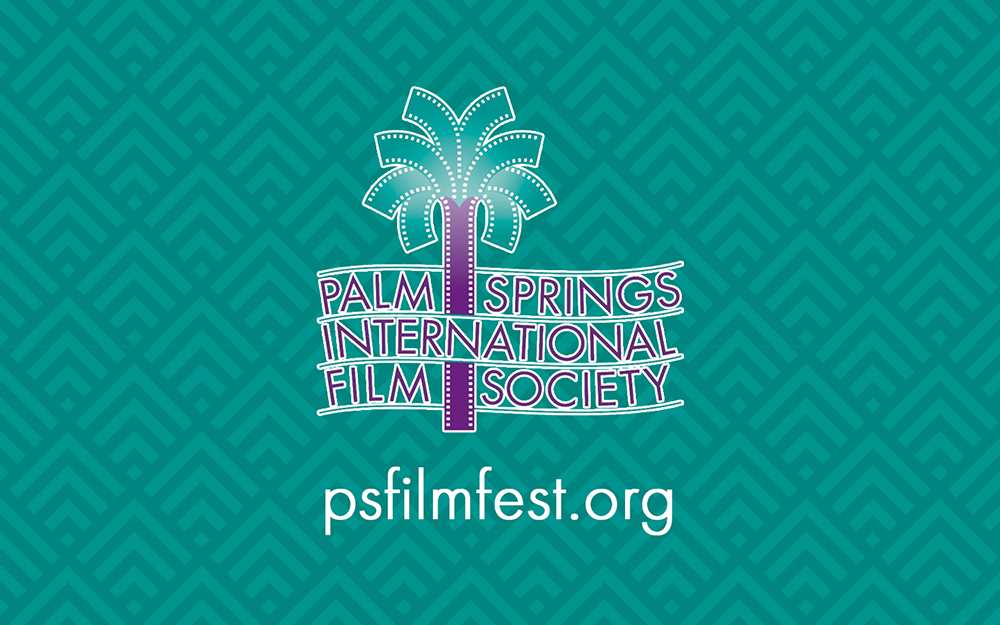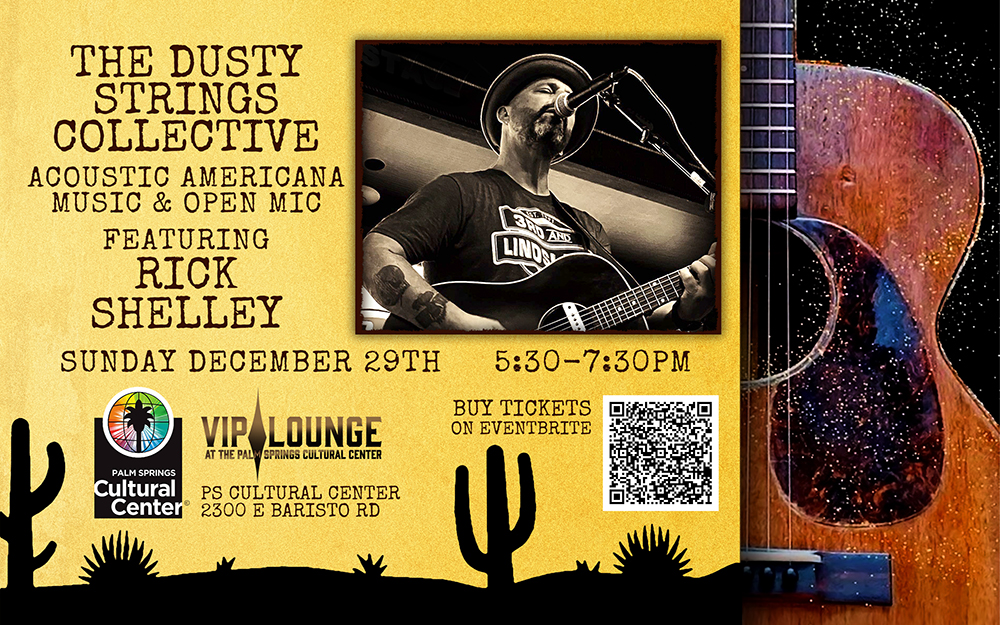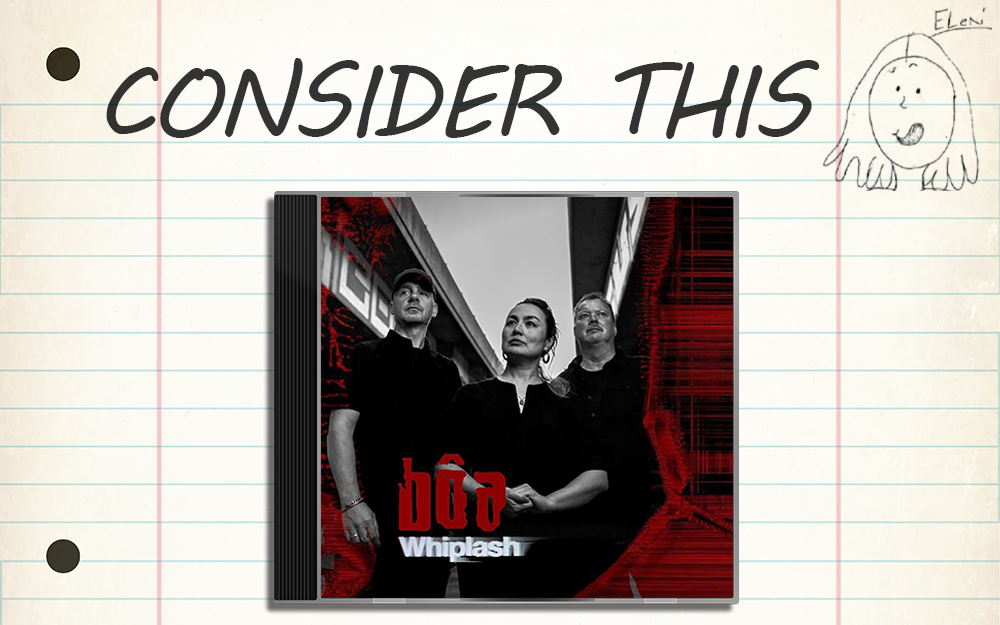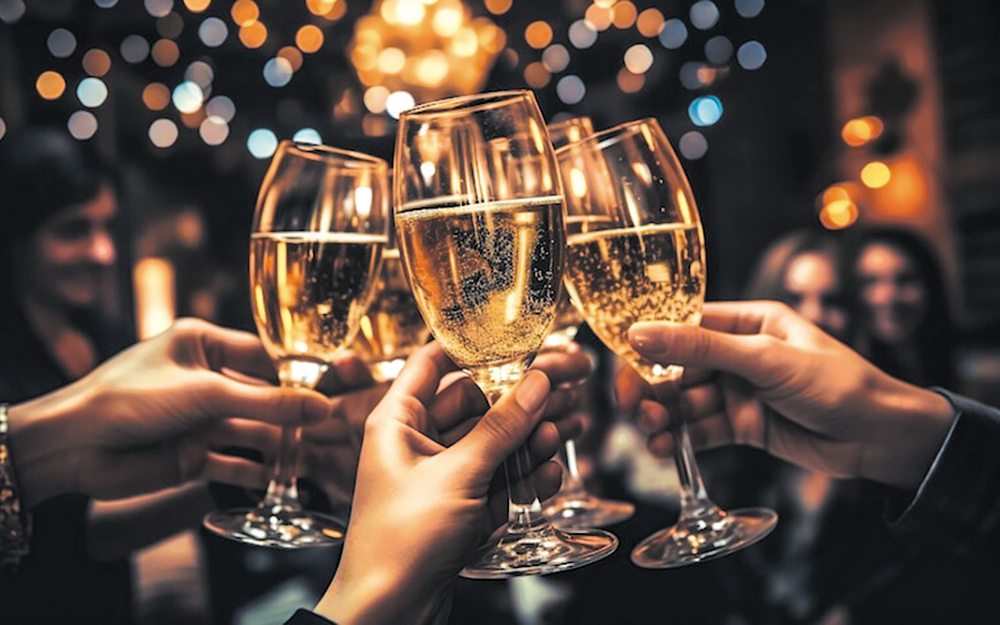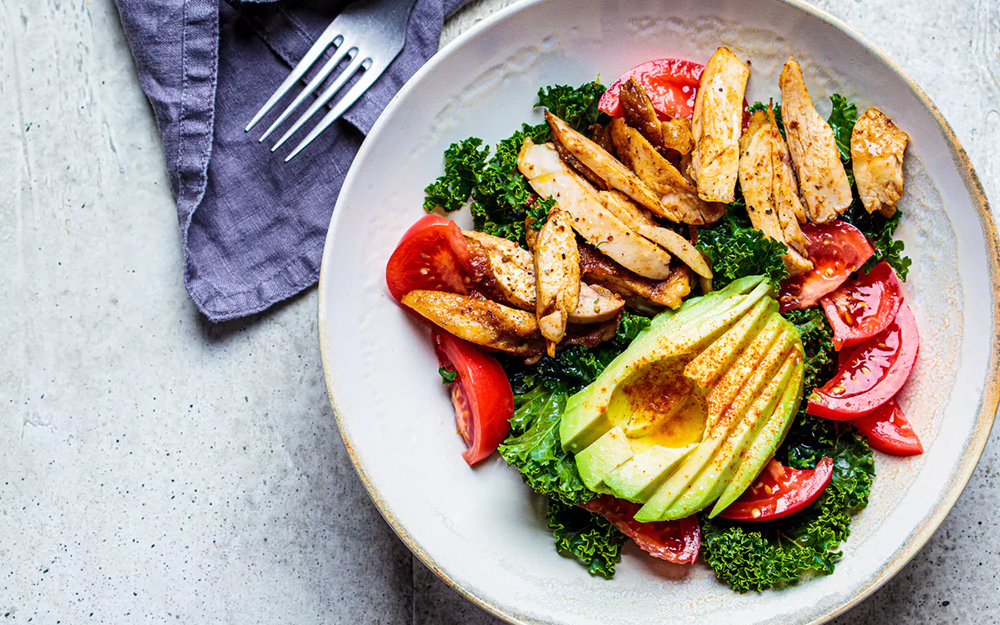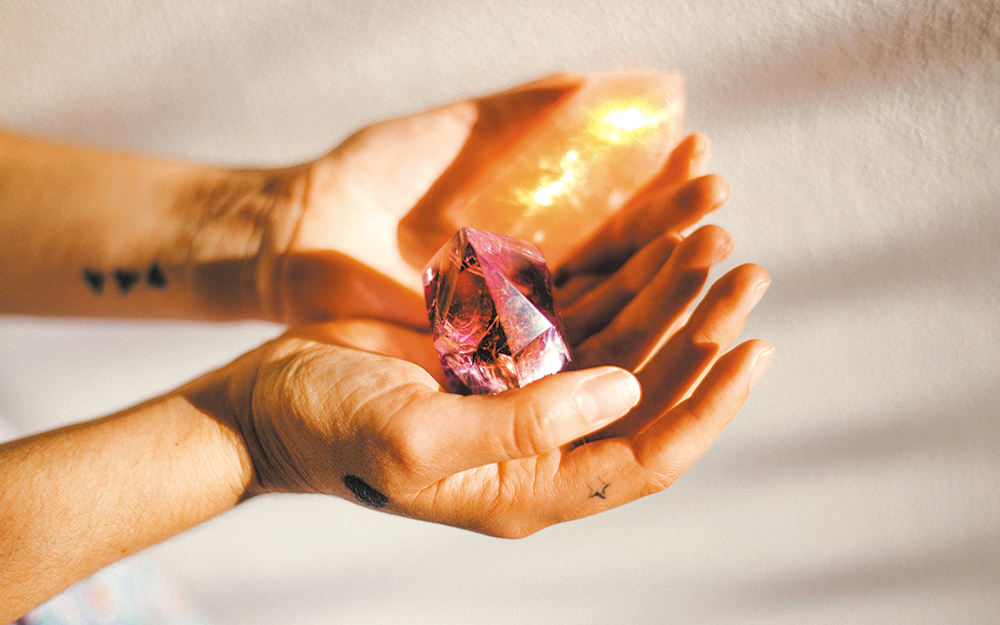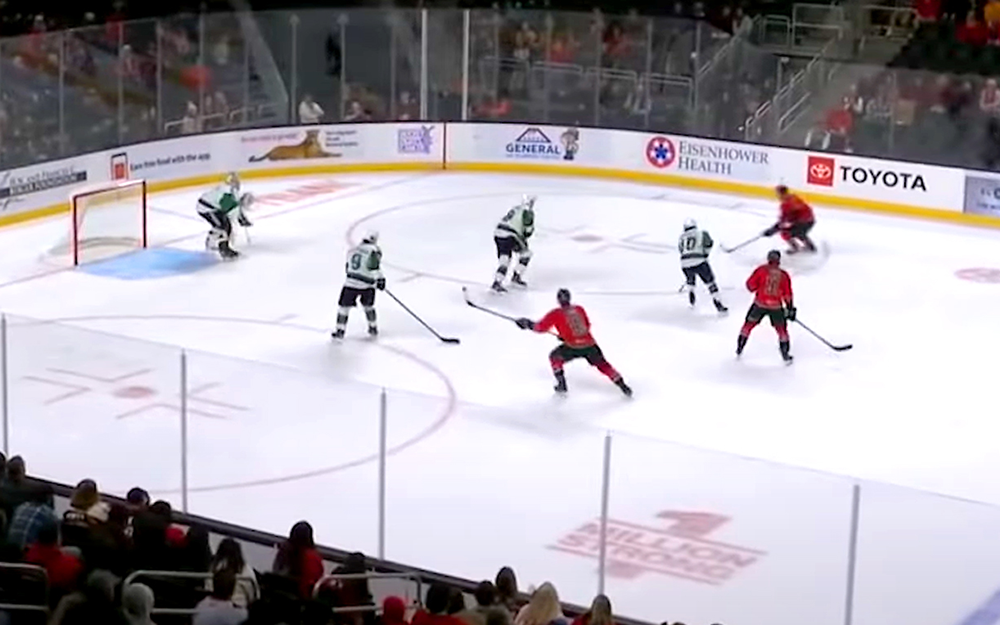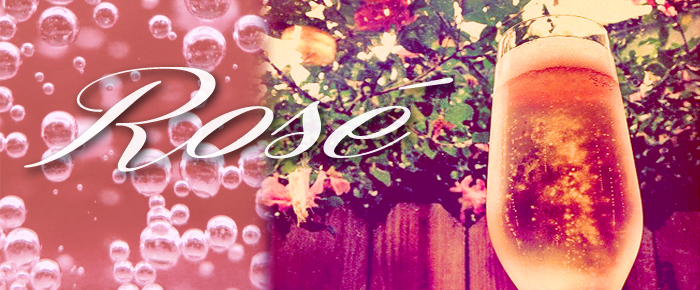
By Rick Riozza
Last week, you’ll recall that we were knee-deep in a bunch of rosé wine—and, loving it! We simply can’t stop ourselves from parading about in pink! We continue to alert—ad nauseum (but comforting in vino veritas)—that rosé wine is the vino for all occasions.
And when we wish to categorize them, they pretty much fall into the choices of sweet, dry, still, or sparkling. Last column, we performed a broad pink brush of some “dry still” rosés—all very reasonably priced and available at our local markets. As the long hot summer stretches before us here in the desert, we’ll no doubt continue to rouse the rosé sirens that refresh with sexy and tasty light fruit flavors.
Now’s the time for all good wine enthusiasts to venture into the sparkler ethos. Sparkling wine is always the hit of the party and often times it is the party. I remember writing early in my wine columnist career that a gathering can well sustain itself by simply opening a large bag of fresh Lay’s potato chips and popping the corks of some chilled Champagne.
Plenty of time to cover all types of sparkling wine this season, so let’s keep with the “dry rosé” theme. As written earlier, dry rosé wine—sparkling or still—carries more complex aromas and fruity flavors than most whites. This is why rosé sparklers bridge the gap between heavier reds and lighter white wines at dinner time because you have the best of both worlds to match so many meals.
If you have a fancy formal meal to prepare for, you’ve enough headaches to deal with than deciding what different wines to have at different times on the table. A well-made dry rosé Champagne or sparkler will equally work well and pair with appetizers, entrées, side dishes, and on to desserts. No one really tires of the wine because dry bubbly rosés are cleansing and refreshing as they kick-in with complex fruity notes.
Without sounding nerdy—it’s always nice to remember how most rosé bubblies are produced.
First off, Champagne is made using the méthode champenoise process, in which newly made still or “base” wine is dosed with sugar and yeast, sealed in bottles and left for several weeks. During that time, a second fermentation occurs in the bottle, producing Champagne’s trademark bubbles. The Charmat process is an alternative approach where similar fermentation is done in large, sealed tanks. Some particularly cheap sparkling wines are made with carbonation—the same procedure used for soft drinks.
Now to produce rosé Champagne or sparkling wine, a winemaker has two choices. The more common method is blending, in which a small percentage of red wine is combined with the base wine (which is white) before the secondary fermentation. Of course the greater the percentage of red wine, the deeper the hue of the rosé will be.
Less common is to let the base wine (in this case, typically made from only red grapes) soak up color from the grape skins as it ferments in the tank, then to drain or “bleed” the wine off the skins before it turns fully red. This process is called saignée (“bled” in French). The choice between the two is largely stylistic; good rosés are produced both ways.
In France, rosé Champagnes are painstaking, time consuming and very costly to produce. Even extreme high-end rosé bubblies, which cost around $400 and up, the French vintner only averages around $2.50 an hour when all is said and done!
The bubbly rosé discussion broadens every year around the globe. With so many sparkling days ahead, we’ll get to discuss bottles from all over. Here are two delicious recommendations for the pool party, and, that formal dinner we alluded to—both wines have just come on the market!
Hot off the press!—wine presses that is, is the new rosé in town from the iconic Italian winery founded in 1877: Ruffino Sparkling Rosé at only around $15. As one of the first Italian sparkling rosé wines in the U.S., this is a fresh and exciting addition to Ruffino’s sparkling portfolio, which features the hugely popular Ruffino Prosecco and Ruffino Moscato d’Asti (which we’ll talk about another time!).
Be the first one on your block to present and showcase this new sexy bubbly to your friends and neighbors. Believe me—your wine savvy reputation will bump up several notches.
The Ruffino Sparkling Rosé is created in a crisp, extra-dry style, and comprised of predominantly Prosecco grapes within the Friuli-Venezia, Giulia and Veneto regions. It’s a beautiful pink hue with fragrant notes of strawberry, and hints of rose petals. On the palate, this wine has crisp, refreshing acidity and elegant bubbles, offering alluring flavors of red berries and white fruits that linger through the finish. Bright, aromatic and fruity, it has a moderate 11% alcohol – perfect for every day enjoyment.
This spring, reputed Champagne House, Moët & Chandon has introduced a wine developed only in exceptional years: the 2008 Grand Vintage Rosé at only $69.99. The 2008 Grand Vintage Rosé marks the House’s 41st vintage rosé release since the introduction of this wine in 1920. (1998 & 2004 were previous releases.)
Delicate, forthright, precise and aged for seven years in Moët & Chandon’s historic cellars before being released a couple of months ago. Definitely a treat for formal dining, or, that romantic dinner for two.
This Rosé delights with its maturity, complexity and charisma, with floral notes of rose and hawthorn and botanical nuances of boxwood and lime zest followed by fruity, fresh notes of raspberry, cherry and blood orange. A vivid, brilliant deep pink in color, its first impression on the palate is succulent and full, subsequently extending itself, with an invigorating finish. Tastes like two hundred bucks!
Cheers!




